1913 Talbot 4.5-Litre 25hp Torpedo Tourer
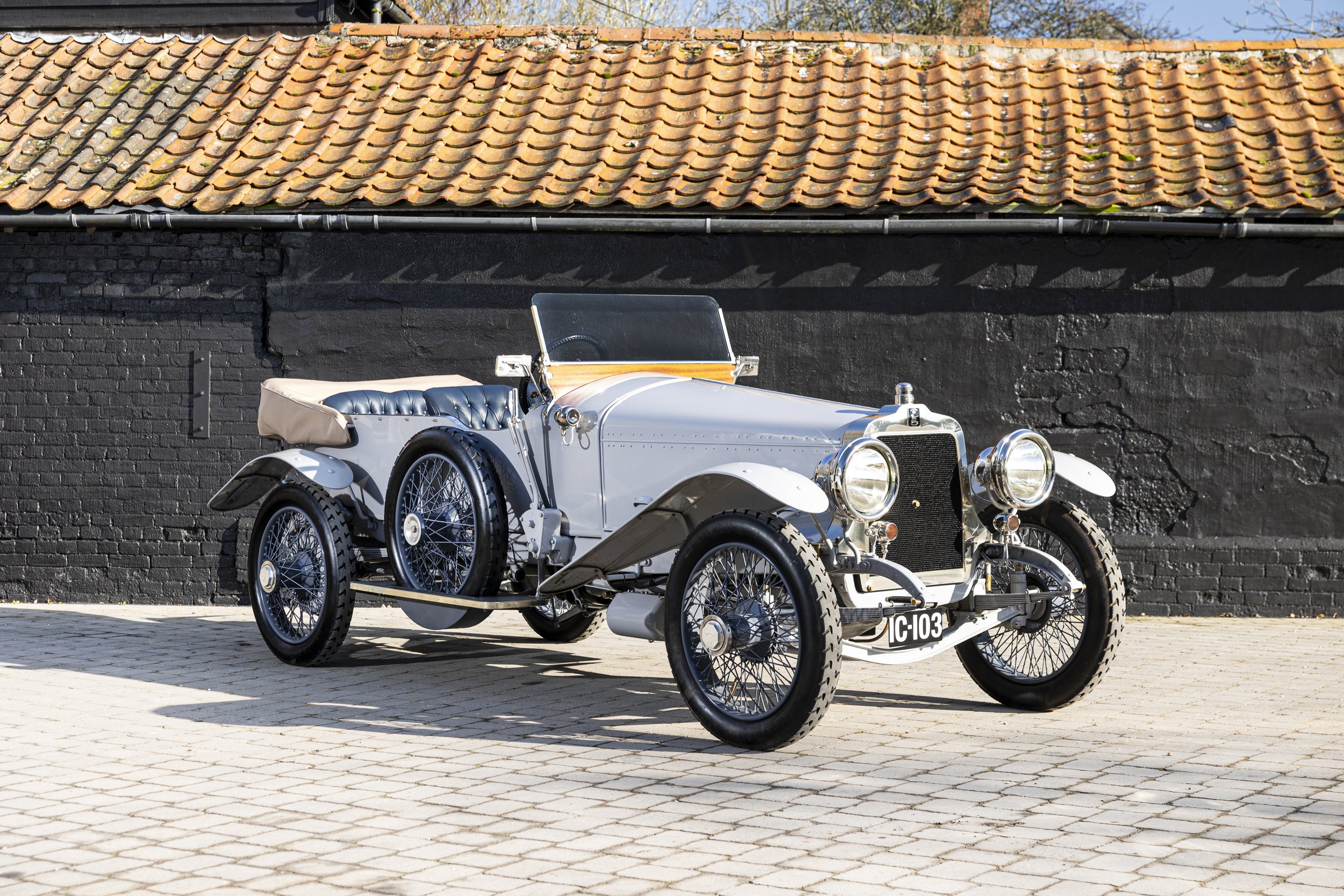


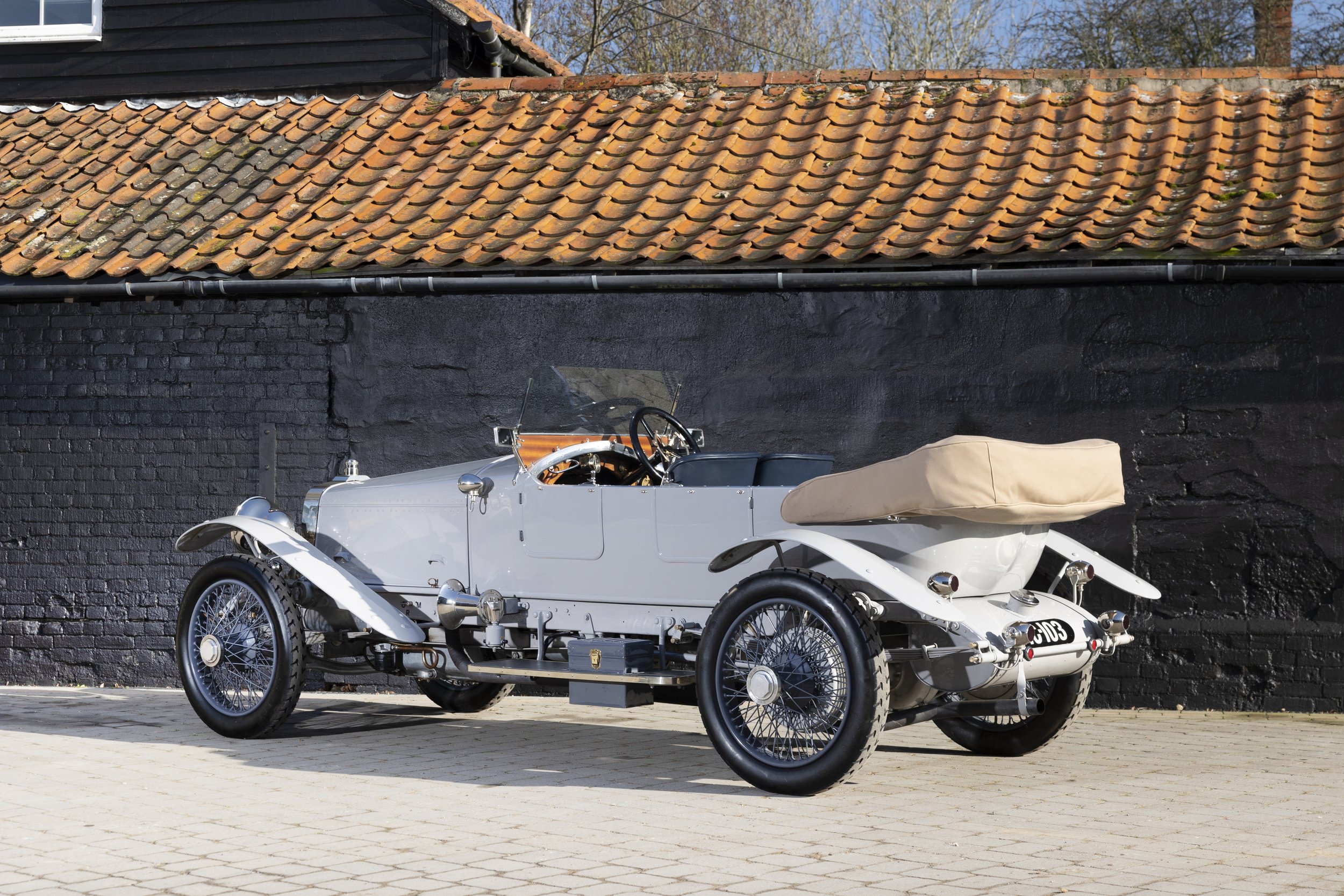










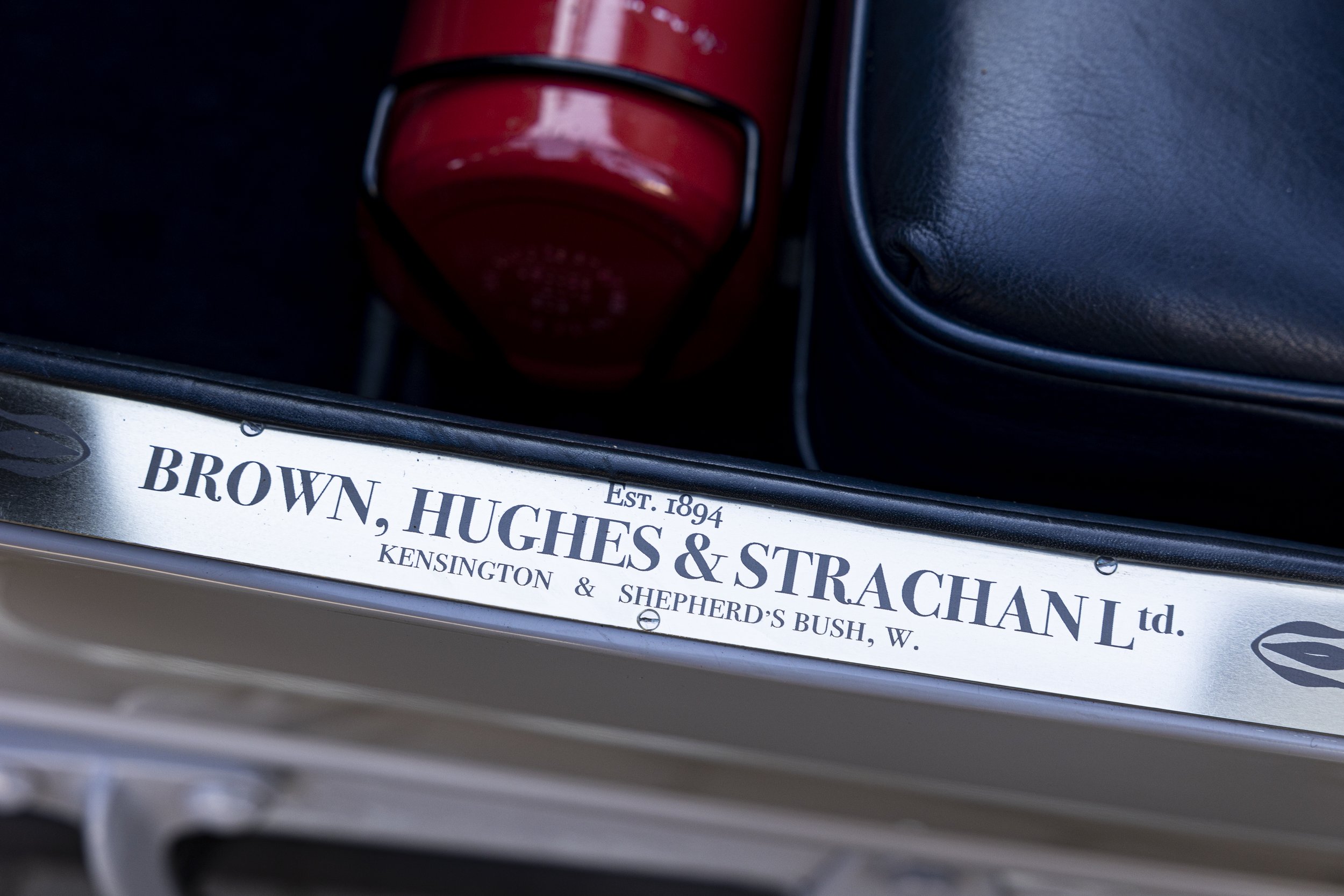
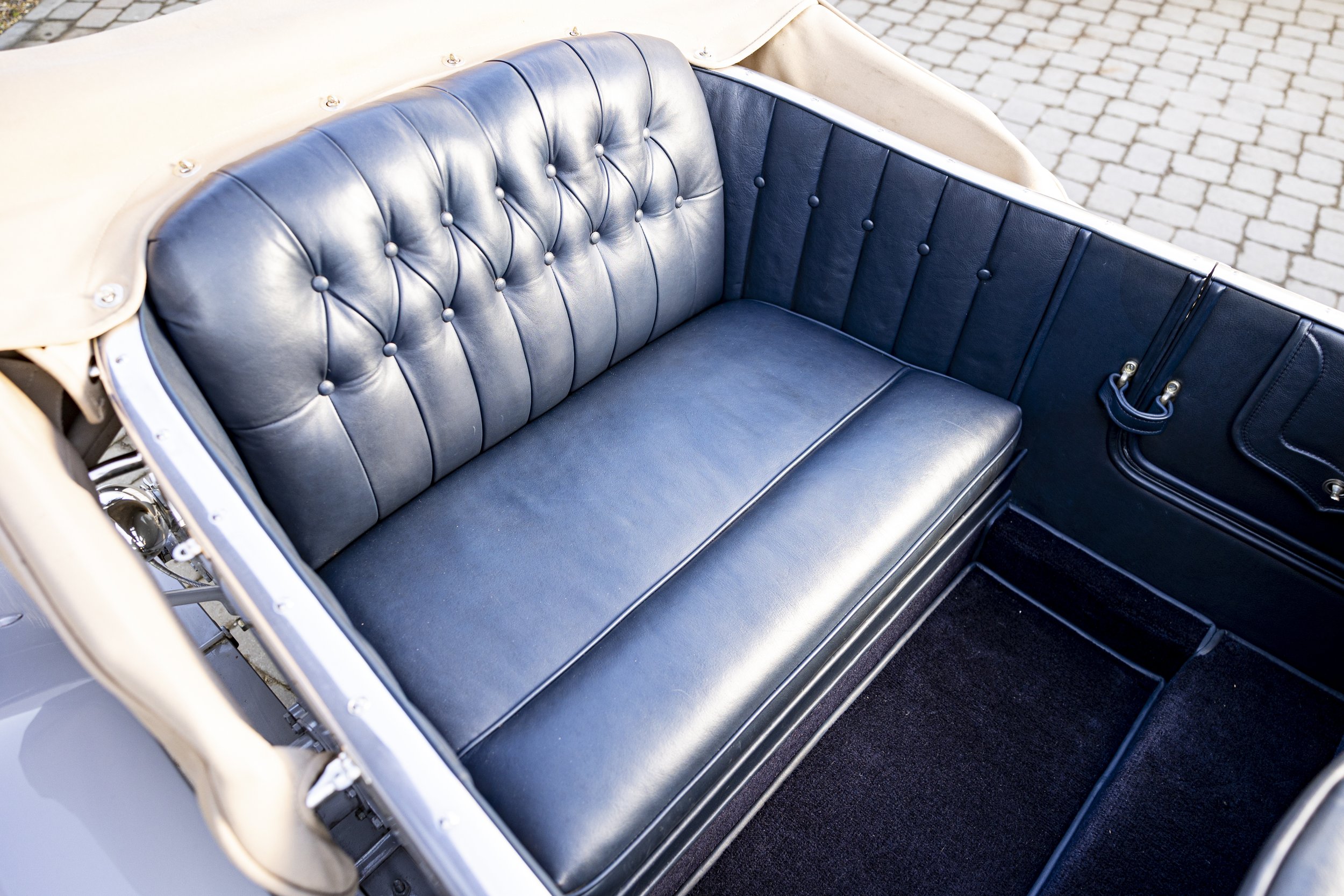




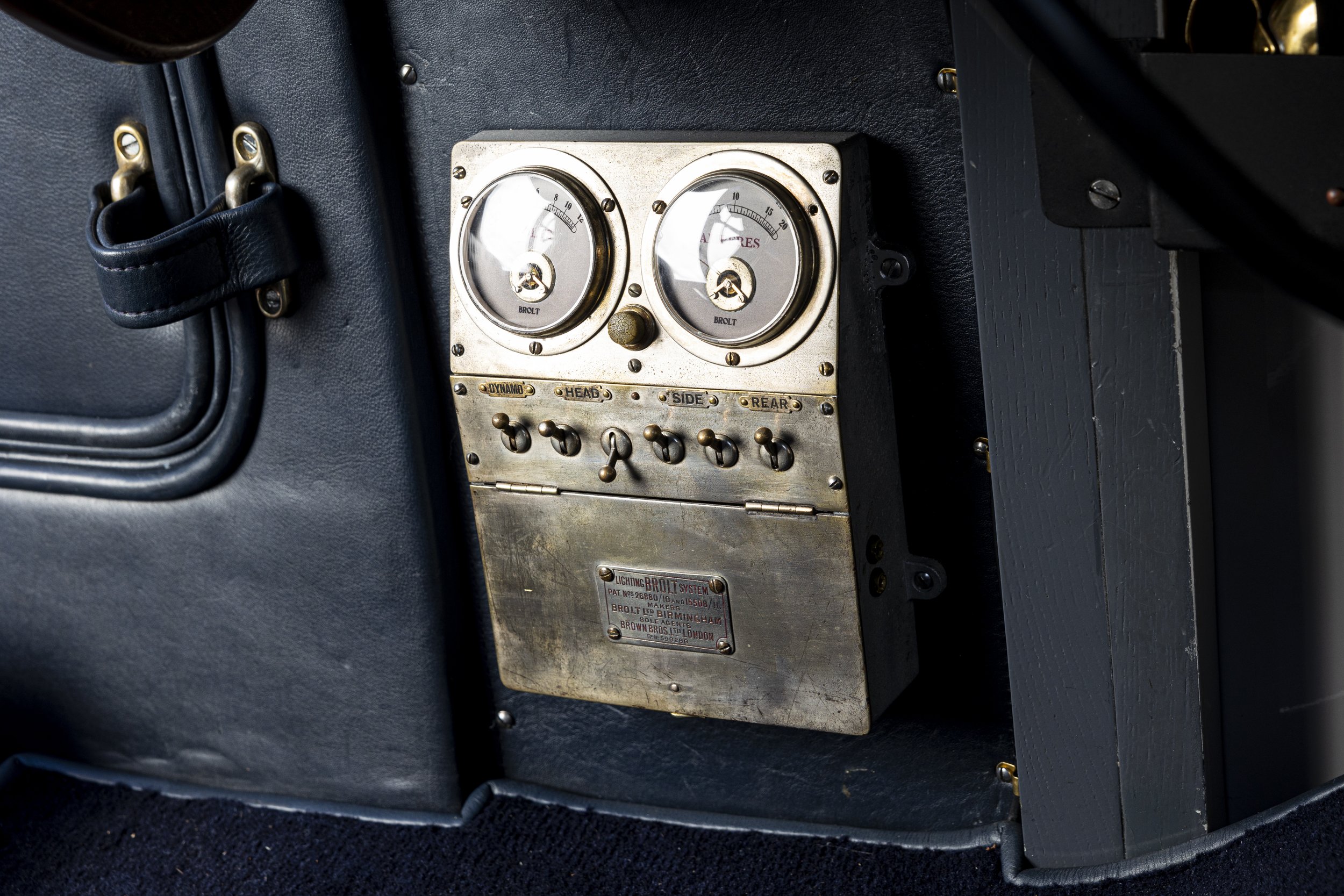



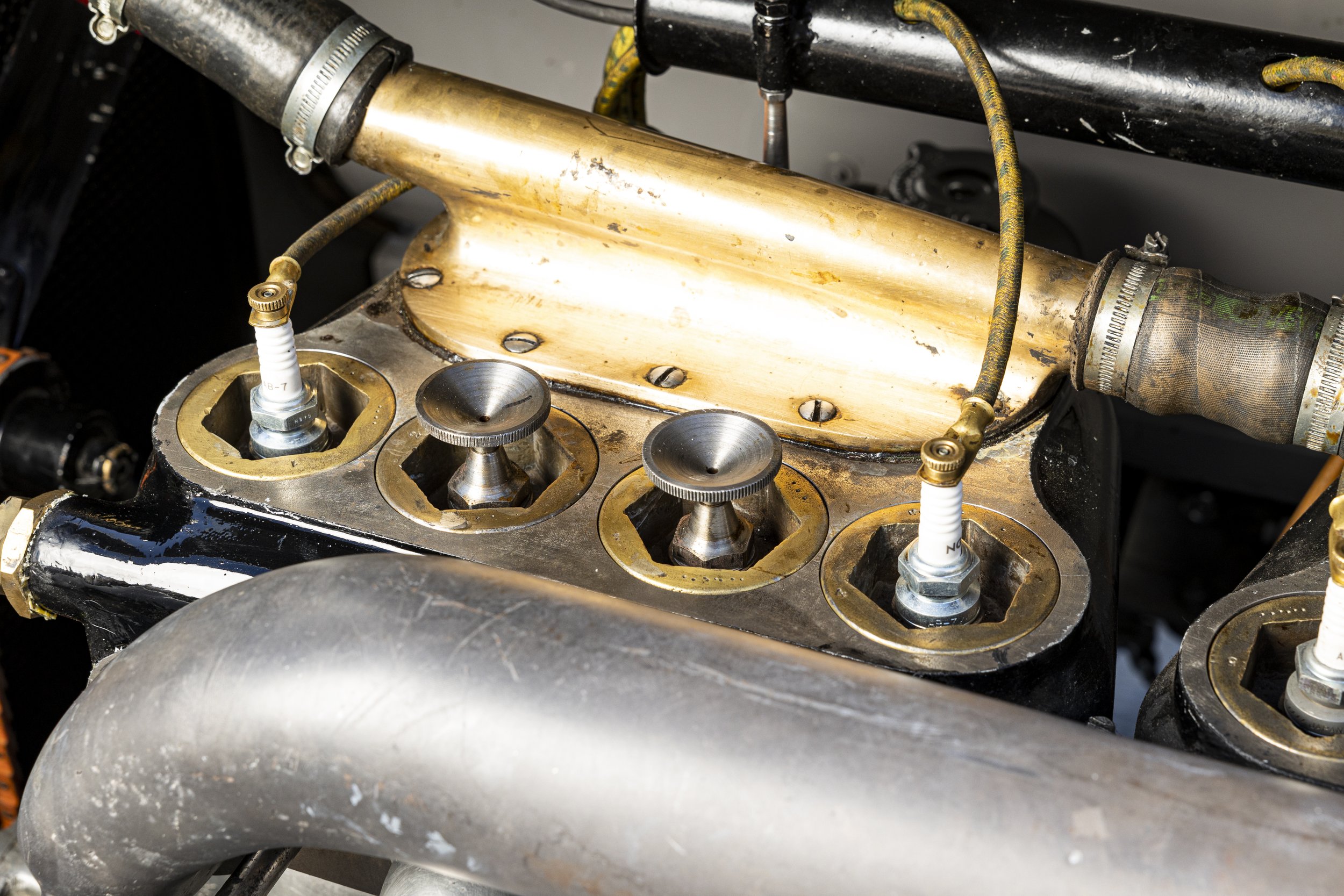


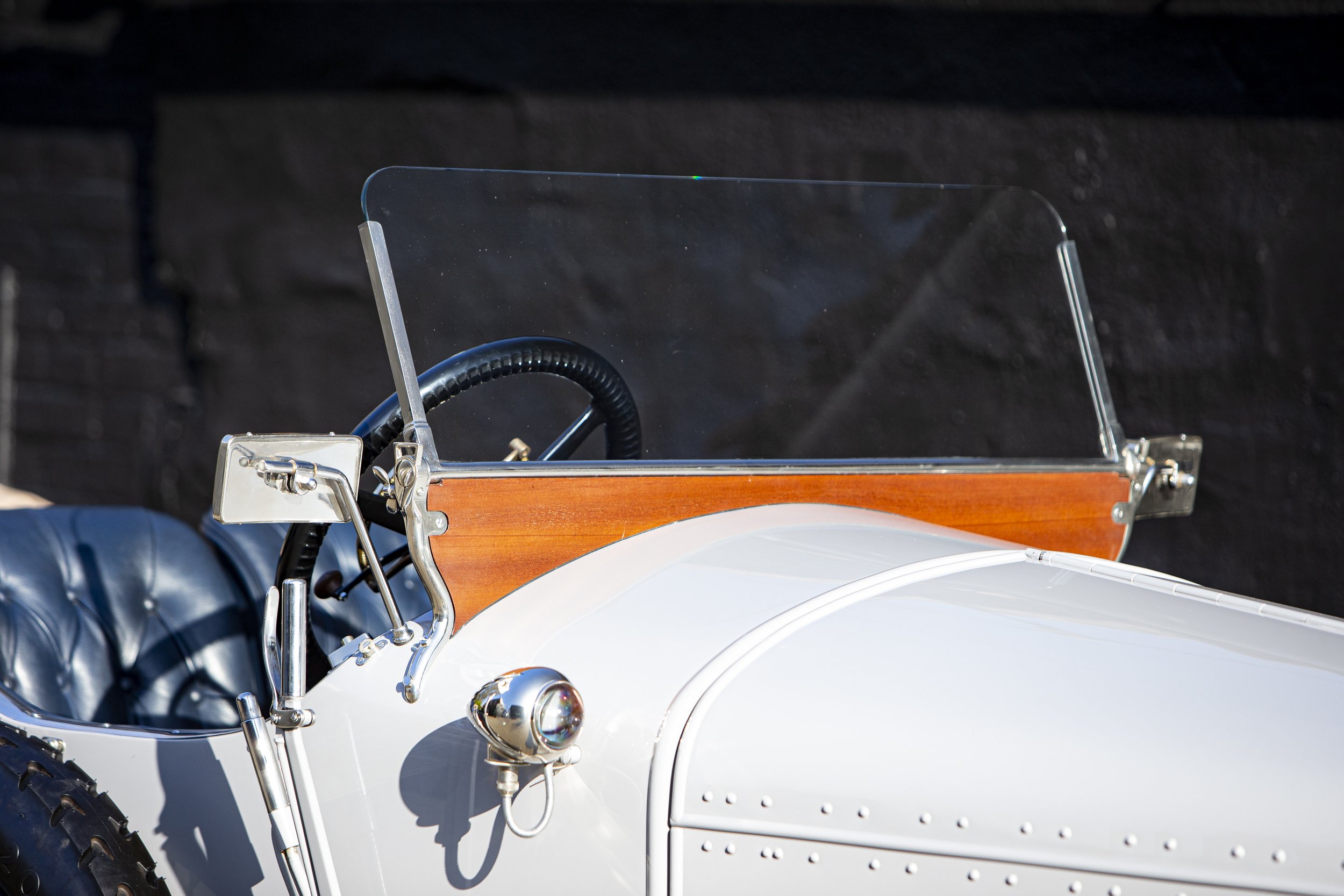




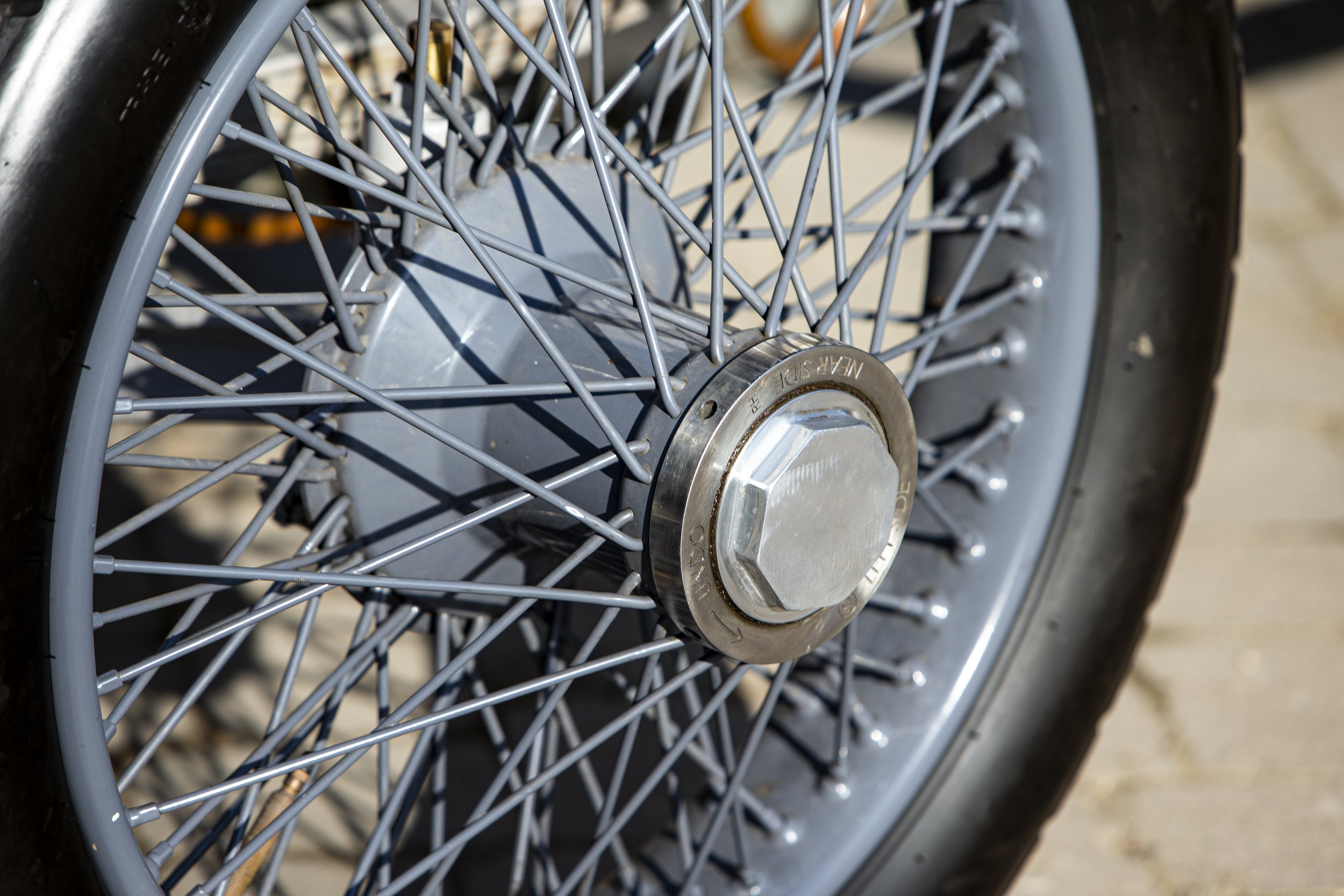









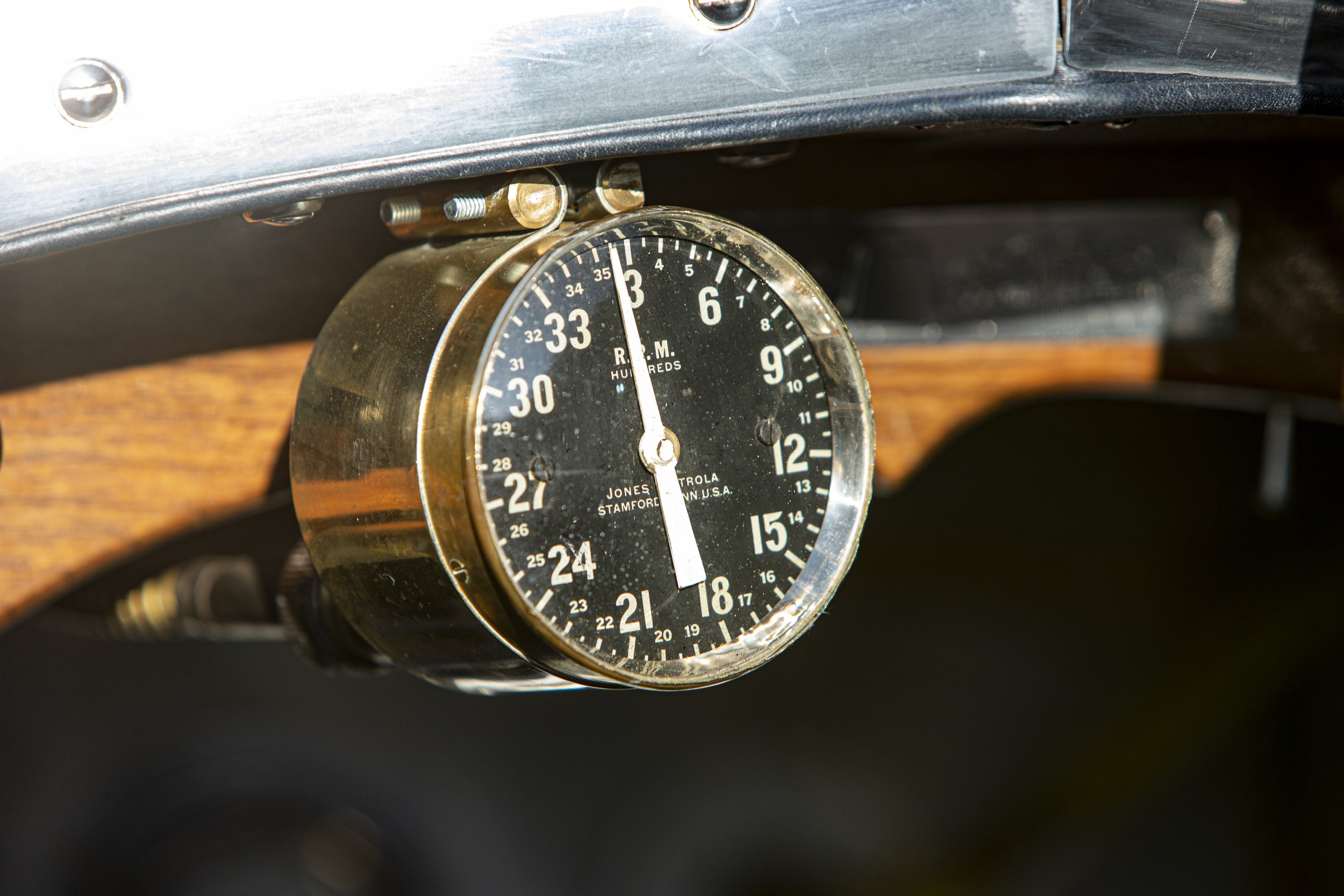

In 1906 The Autocar wrote about Talbot cars “The performance of the invincible 12-16hp Talbot in the Frome's Hill-climb is, to say the least of it, remarkable”. The passing use of "invincible" was picked up and adopted by the company and public. It was used into the 1930s to describe what simply became “Invincible Talbots”. Of all these early “Invincible Talbots” perhaps the most famous and desirable is the 25hp - an example of which set numerous world records at Brooklands driven by Percy Lambert.
In June 1911, the remarkable young engineer George W A Brown, joined Talbot having already successfully developed cars for Argyll, Humber and Austin. He had shown what could be achieved in competitions while still at Austin where he was responsible for the Brooklands success of the streamlined “Pearly” Austin racing car.
At Talbot, Brown set about initially re-designing the 6-cylinder model and then the already successful 12hp Talbot model. After these he turned his attentions to the 25hp 4S model and updated it to produce the 25hp 4SB. These cars had modest looking Brown designed engines with a bore and stroke of 101.5 x 140 mm (4,531 cc) and a standard looking side valve configuration. Whilst Brown’s redesign was not radical, it was thorough and produced a flexible high-performance engine, achieved by maximising the valve size and opening and with revised timing of its camshaft. He also updated the chassis to accommodate these changes and make an excellent all-round car.
Brown’s successful Austin "Pearly" had been driven by the popular Percy Lambert. Brown was given the go-ahead by Talbot to prepare a streamlined 25hp single-seater competition car and he again engaged his friend, Percy to drive it. The lightweight streamlined Talbot car was specially built using the Brown designed 25hp engine fitted into a smaller modified 12hp chassis. Any excess weight, such as brakes, were dispensed with and the car initially had one purpose only - to challenge for records.
From the start, on the Brooklands track, this remarkable car put up such effective Class F short-distance records, the half-mile at 113.28 mph for instance, that it was clear that Talbot, and the Earl of Shrewsbury, had the potential landmark record of 100 miles in the hour within their grasp. At the time nobody globally had managed to cover more than 100 miles in an hour whether on water, by train, road or air. The record had been attempted at Brooklands by far larger cars than the 4,531cc Talbot, including a large Excelsior and Victor Hemery’s 15 litre Lorraine-Dietrich. These far larger cars had encountered mechanical troubles in their attempts and their size and weight resulted in tyre failures, meaning that sustained high speed after some 50 miles was an issue that would prevent them succeeding.
At Brooklands in February 1913, after a standing lap at 87.24 mph, Lambert never went around the banking slower than 100 mph, his quickest circuit being at 106.42 mph. Lord Shrewsbury was there to see Lambert in the 25hp Talbot succeeded in covering 103.84 miles in the 60 minutes. This was the first time anyone had travelled 100 miles distance in the hour. As a result, the Talbot 25hp model found world-wide fame as the first in the world to achieve “100 Miles in the Hour”. Talbot published and circulated an illustrated brochure on the historic motor run – a copy of which is with the paperwork for the car. Such was Talbot’s confidence they had also filmed the occasion and the film survives. For many years Talbot then marketed its cars as ...”the First Car in the World to travel 100 miles in One Hour”.
The performance and records established created a sensation and the press ran articles to praise Brown and explain how such a modest engine, chassis and components had conquered world records. Part of the reason why a simple side-valve car became capable of remarkable speed was because G. W. A. Brown had contrived for it to run at up to 3,500 rpm, then a very high engine speed. The power output claimed for the racing engine was 40 bhp at 1,000 rpm, 80 bhp at 2,000 rpm, 120 bhp at 3,000 rpm and over 130 bhp at 3,500 rpm. The racing versions of the engine ran with 40 degree ignition advance; the inlet valves opened 14 deg 45 atdc, and closed 30 deg 30 abdc; and the exhaust valves opened 46 deg 15 bbdc and closed 9 deg 30 atdc. These engines used tubular con-rods made of special Belgian steel specially bored-out in the Talbot machine-shop, and hollow light-weight valves.
Brooklands tragically again saw the 25hp Talbot achieve world fame later in 1913 when Lambert died in his trying to improve his records.
Examples of all of the four-cylinder models developed by Brown also enjoyed great competition success in 1912,1913 and 1914 in sprints and hill climbs. This was in the hands of individual owners and as works entries - albeit entered in the name of Lord Shrewsbury as an individual. The Brown designed Talbot competition cars, including single seater, two-seater and four-seater examples, were dominant in thesespeed events and hill climbs across the UK. The smaller cars took prizes for efficiency and on handicap with the larger 25hp entries frequently winning FTD. In doing so, the 25hp Talbots consistently took on and beat much larger or more expensive cars including those of Crossley, Vauxhall, Straker Squire and Sunbeam.
At the time the quality of Talbot’s 25hp cars was reflected in their being chosen not only for sporting torpedo bodied cars but also as a chassis to be bodied as limousines and landaulettes for the great and the good. Later in the 1914/18 war they became used as staff cars and tenders and even found fame as armoured cars and supporting T E Lawrence in his dessert activities. Not many of them survived their intensive use at the time so that these are today rare cars. The take-over of Talbot by Darracq prevented the Talbot 25hp model from development and continuing as a sporting car into the 1920s to challenge the likes of the early post-war Vauxhall 30-98s with which they are comparable.
However, such was the performance and capabilities of the pre-war Talbot competition cars that after 1918 all of the remaining factory team competition cars were acquired by Malcolm Campbell and they and their engines continued competing at Brooklands and in sprints and hill climbs into the 1920s in the hands of Campbell, Barnato and Vandervell.
The vendor of IC103 has owned a number of sporting Talbot cars over many years including later Roesch team Talbots and a sporting 1912 12hp Talbot that proved very successful in modern sprint events. He decided that a 1913 25hp car would be his ideal as the high point in sporting Talbots and so spent several years trying to find and purchase a suitable Talbot. The 1913 25hp model was the most desirable as it embodied all of the improvements that GWA Brown brought to the model range with light weight compared with later models, and had been proven by Percy Lambert, and carried on into the 1920s winning at Brooklands.
Over a number of years when suitable components for such a model could be located, they were purchased either by the vendor or by our sister restoration company IS Polson. The search was assisted because the Brown designed range of Talbot models utilised a number of shared and interchangeable components. Finally, in early 2015 our sister organisation, I S Polson sold the project, with a suitable and correct collection of parts, including the remnants of IC103, and work began on them by IS Polson to restore them accurately to original 1913 4SB 25hp specification. No expense has been spared in the detailed work carried out to produce this superb car. restoration. Photographic details of such work and accompanying bills are available.
The chassis was an original but slightly earlier 4S version of the 25hp. The small differences between the 4S and 4SB were carefully and accurately modified to get every detail correct for a 1913 4SB. This meant for example fitting slightly different end knuckles with the correct later offset. All such details of the chassis were painstakingly copied from original components and photographs. The car is to early 4SB specification with the shorter of the two chassis lengths available initially for this model making it agile and sporting. A correct 1913 Talbot bulkhead is fitted.
The steering box and column with its controls were overhauled. Original correct Talbot front and rear axles were restored and used after a set of missing rear axle side tubes was tracked down. New hubs were made as exact copies of Talbot originals to take 90 mm long Rudge Whitworth wire wheels of the correct size.
For the engine it was decided that, to allow the engine to perform at the higher revs that Brown used for the competition, a new counterbalanced crank and lighter weight rods would be used made from modern high-performance materials.
GWA Brown extracted the power he needed from the 25hp 4SB engines used by Talbot in the various record attempts by increasing valve lift, lightening the valve train and changing valve timing. The engine modifications he made at the time were written up in contemporary periodicals and some of the Talbot drawings of special components used are preserved. The engine of IC103 has been the subject of similar improvements. A new camshaft was designed and produced to achieve Brown’s higher valve lift. New suitable lightweight cam followers were prepared and fitted to produce the feature of the lighter weight valve train used in the Lambert car.
Originally 1913 25hp engines for the English market would have been fitted with a Stewart Talbot carburettor but it was impossible to source one of sufficient size. So, a large Zenith replacement of the right type was tracked down and used as it is known that export models of the 25hp were fitted with Zeniths for the “Colonies”.
The correct gearbox was provided by another Talbot expert after it had been overhauled, and it was further checked and any new gears needed were fitted. In order to ensure that no risks were taken by using a cast iron flywheel a new one to the improved 1914 design was accurately copied in steel, fitted with appropriate clutch material, and modified discretely for a starter motor to be used. A new clutch cone spinning was also made to alleviate wear. The engine and its components together with the new steel flywheel were all dynamically balanced before final assembly.
The car is fitted, as originally, with Bosch dual magneto and switch coil making starting easy.
The slightly earlier radiator that came with the components for the car was not of the correct 1913 shape and so some of its components were re-used in creating an accurate copy of the correct 4SB radiator on another surviving car. The resultant radiator on the car, complete with the correct radiator mounted fan, was produced in German silver by Vintage Radiators - who also accurately copied an original 25hp fuel tank. For security and touring the details of the later fuel tanks used in 1914 were copied as this offers a reserve tank set up.
Once the complete rolling chassis had been completed the body frame was entrusted to John Foy and subsequently panelled in aluminium by Storik. The grey paint was selected to reference that available in period as shown in contemporary Rolls Royce literature. Lighting is by Rotax and the switch box by Brolt.
The excellent paintwork on the car was completed by I S Polson and then trimming completed again by John Foy in navy vegetable tanned hide. Weather equipment includes a hood and tonneau cover.
The resultant car is a high-quality example, completed without regard to expense and attractive from all angles. It is a highly desirable sporting alternative to an early Vauxhall 30-98 or a larger Rolls Royce Ghost and eminently suited for touring.
The Talbot and Irish records show the registration IC103 was applied when new to the Clement Talbot sold to Oakes Bros who traded as “Oakes, Bromley & Co Ltd, East India and China Merchants”. They had offices at 89 and 90 Leadenhall Street, London EC and at 46 New Broad Street London EC. Oakes had established a very successful trading company both supplying the colonies and also importing from them. Since Victorian times, under the name of “Oakes & Co” in Madras, India, they had made a successful brand of cigars and cheroots which they sold in London at 46 New Broad Street under the “Pagoda” brand.
In Bombay, Oakes & Co had established in 1843 what became at one time the biggest department store in South India — possibly all India. It had large impressive premises offering locals and the colonials a huge range of goods – including items made in its own foundry in India. It is no surprise that in the early 20th century Oakes and Co got involved in supplying the local Indian market with motor cars. By 1907 they were being shown in Talbot literature as the Clement Talbot agents for India. They were also active locally in motoring competitions using Talbot cars.
The log book with the car shows the first Owner/keeper of IC103 was one of the business owners, William Hayland Oakes - the power behind the London end of the company. IC103 was registered in County Carlow at around the same time as the factory also registered IC104 and IC105 which were on 1913 Talbot’s latest competition cars - but IC103 does not seem to have had a competition role. It was registered in Carlow but the owner, Mr Oakes, lived and worked in London.
Under the Motor Car Act 1903 the law required the registration of all motor vehicles but an owner could register a vehicle with any council of choice – including, at that time, those in Ireland. In this period several motor cars were registered for Talbot and these included several registered by Clement Talbot for their own use and that of Lord Shrewsbury and his family. Anecdotally the suggestion is that registering cars in Ireland, in places such as Carlow, was done to discourage English police officers out of area from wanting to trace the owner and prosecute for motoring offences.
When new IC103 was fitted with a “torpedo” body built by Brown Hughes and Strachan or B.H.S of Park Royal who, being close to the Talbot factory in London at Barlby Road, were one of Talbot’s favoured coachbuilders. BHS were commended in the contemporary Autocar for offering a sporting type of open torpedo body with a bulbous back which was made “very low”.
IC103 was kept in the Oakes family and by 12th January 1921 its second owner/keeper was Montague Percy Rowland Oakes of Gras Lawn, Exeter. He retained IC103 until 1931. The log book shows that he taxed and used IC103 until the local former Talbot agents in Devon, Gould Brothers Limited of Paris Street, Exeter, took over as the keeper of IC103 on 25th September 1931 and offered it for resale.
The car on offer is very useable as a road and touring car surprising many with its performance and abilities. It was also invited to, and raced at, the Goodwood Members Meeting in 2019, when work on its trim etc was still in progress. It again competed at the 2022 Goodwood Members Meeting. It has also since being completed been used in VSCC events including VSCC Prescott. It has covered less than 1,000 miles since completion.
